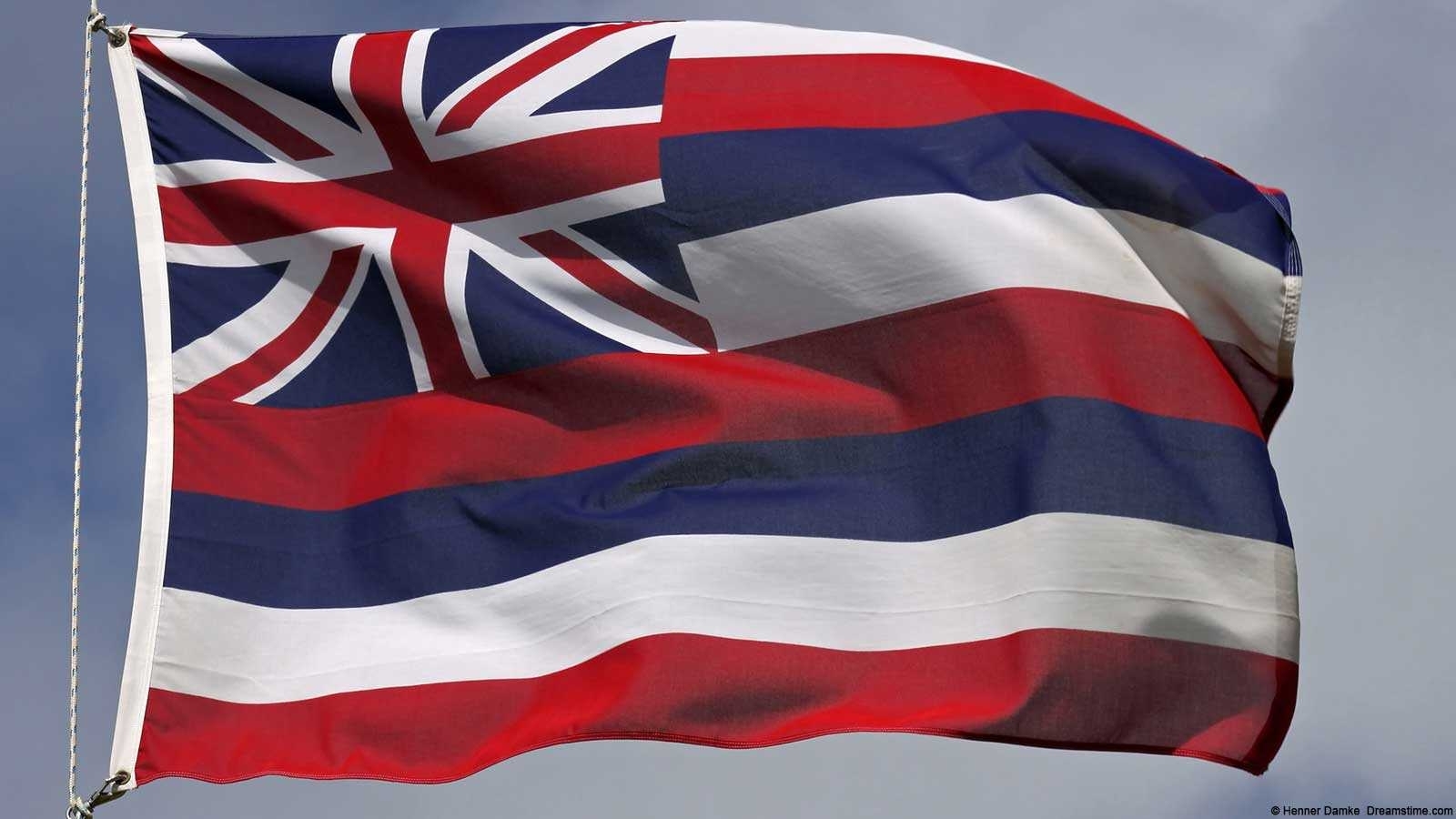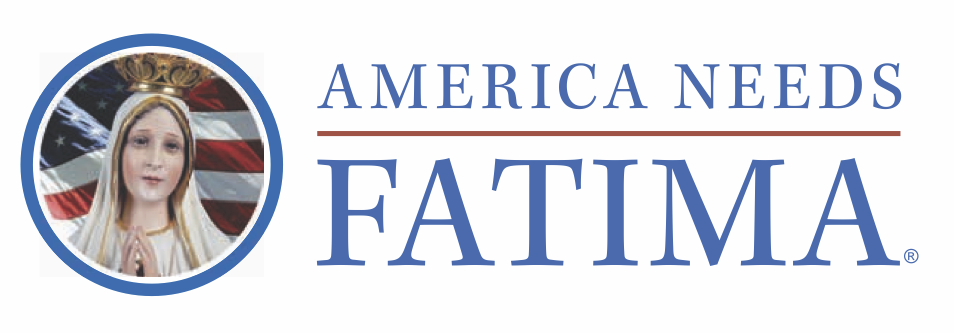
TOPICS:
Hawaii's Population Control
Oct 23, 2025 / Written by: Gary Isbell
How Hawaii Took a Socialist Approach to Population Control Similar to China’s One-Child Policy
A troubling section in Hawaii’s constitution provided the basis for the adoption of socialist population control measures similar to China’s disastrous one-child policy. This constitutional clause facilitated government overreach while masquerading as environmental conservation. It has also led to the current demographic crisis, in which a shrinking, aging population now urgently needs replacement.
Hawaii’s focus on controlling its population began in the early sixties when it had a vibrant, growing and young population with a median age of just 25. The state’s energy stemmed from both local talent and newcomers seeking opportunities.
By the end of the decade. Hawaii gained 115,510 residents, bringing its total population to 748,182. This growth strained existing infrastructure and housing assets. However, instead of solving these problems through better planning and development, politicians chose the route of population control.
The era’s anti-growth hysteria was driven by alarmist publications, such as Paul Ehrlich’s The Population Bomb (1968) and the Club of Rome’s “Limits to Growth” report. These Malthusian rants, cloaked in scientific rhetoric, sparked a movement that viewed human beings as problems to be solved rather than assets to be celebrated. These reports demanded fewer people.
State-Sponsored Population Paranoia
Through misguided environmental policies, Hawaii became a testing ground for restrictions on urban development, immigration and economic growth—creating artificial conflicts between prosperity and environmental protection.
In 1978, Hawaii etched the curious notion of “population planning” into its state constitution, a brief and somewhat earnest attempt to manage its own growth. The formal endeavor, however, proved as fleeting as a Hawaiian sunset; the commission tasked with this grand vision was quietly dissolved by 1983, leaving behind only the ghost of a policy that once was.
This convention added a section to Article XI on the Conservation and Development of Resources that says, “The State shall have the power to acquire interests in real property to control future growth, development and land use within the State.”
In 1970, Hawaii’s legislature passed Senate Resolution 305, establishing the Temporary Commission on Population Stabilization, a government body tasked with regulating human development. In a 1977 State of the State address, Governor George Ariyoshi commented that “population and prosperity are ‘trade-offs.’” The commission’s recommendations eerily mirrored China’s approach: viewing people as pollutants rather than problem-solvers.
The following year, the state senate advocated for an “optimum state population.” Officials warned about “population equilibrium” as if Hawaii were a closed ecosystem rather than a vibrant society capable of change and growth.
Meanwhile, the federal Commission on Population and the American Future was advocating similarly authoritarian measures, including forced sterilization and strict immigration controls. The Nixon Administration, embarrassed by these recommendations, distanced itself from such extreme proposals.
In Hawaii, however, the anti-growth movement gained momentum. Earl R. Babbie’s “Maximillion Report” in 1972 called for limiting Hawaii’s population to one million—a goal the state exceeded in the mid-eighties without problems.
In 1973, these reports established the Commission on Population Stabilization and the Hawaiian Future. State Senator Nadao Yoshinaga, a leading advocate of population control, promoted access to contraceptives specifically to reduce population growth—seeing human reproduction as a government mandate rather than God’s plan for a civilization.
Organizations such as Zero Population Growth-Honolulu, Citizens for Hawaii, and various environmental groups promoted policies to stop migration, economic growth, and urban expansion.
The Reality: Hawaii Needs People
Since 1970, Hawaii’s population trends have completely reversed. The paranoia of the seventies faded so quickly that Hawaii disbanded its population control commission in 1983. However, the constitutional language remains ever ready to be utilized by the eco-left if needed.
Today, Hawaii is losing residents. The state has one of the fastest-growing aging populations in America, with more than half of all Native Hawaiians living outside the archipelago. The median age has increased to 41, meaning most residents were not even born when these misguided policies were implemented.
Thus, Hawaii now faces labor shortages, economic stagnation, and demographic decline—the predictable results of decades of anti-growth policies. The state’s Department of Human Services reports a 24 percent vacancy rate for civil service positions, which equals over 4,000 unfilled jobs.
Breaking Free from Socialist Planning
The state’s constitutional language treating human beings as environmental problems echoes the worst aspects of centralized planning found in socialist regimes.
China’s one-child policy followed a similar logic and is now suffering the same demographic nightmare. Both strategies share the same core flaw: the notion that government planners can set optimal population levels more effectively than God’s plan for society.
Hawaii must abandon this idea of population control. The state needs to pursue constitutional reforms that remove population control language and encourage growth, innovation, and human potential. Only by rejecting the socialist mindset can Hawaii build a prosperous future that benefits both society and the environment.
The lesson is clear: socialism inevitably creates the problems it claims to fix. Hawaii’s demographic decline shows that population control policies did not save paradise—they ruined it.



